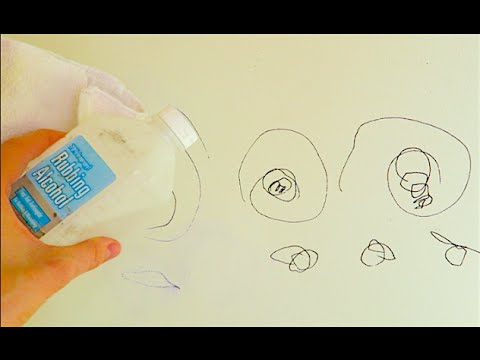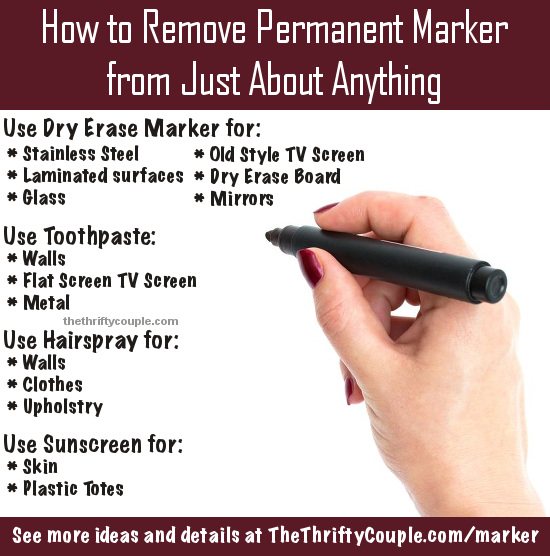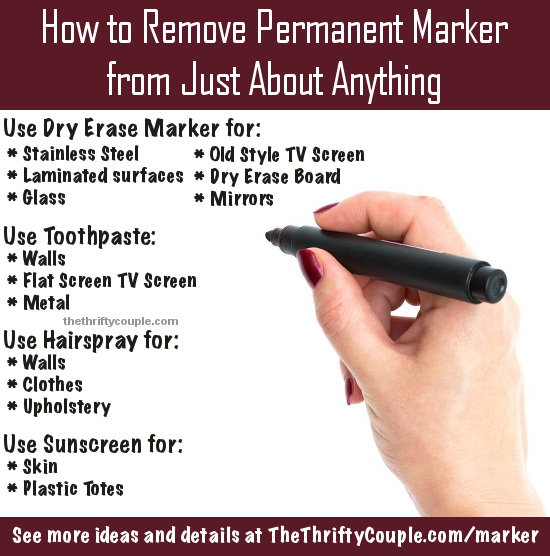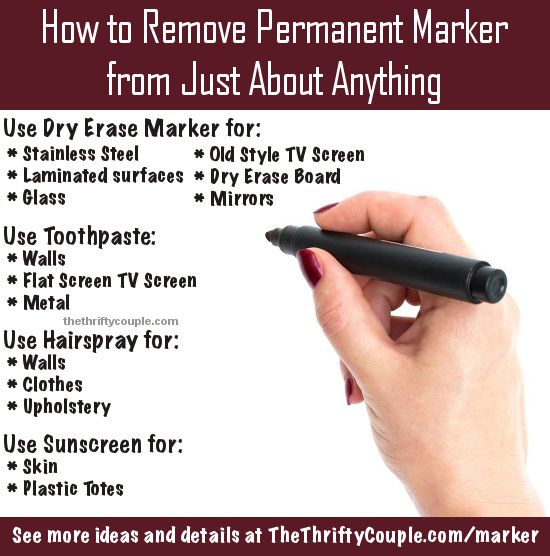Markers are perfect tools for drawing and coloring, but they also stain very easily. The markings can pose a danger to any decor, especially if children handle it. There is nothing worse than getting a stain from a permanent marker on a wall. Even if it seems impossible to clean, today we will show you how to remove permanent marks from walls.
The first thing you need to know is that the permanent marker very easily sticks to walls with rustic surfaces or matte varnish, making it much more difficult to remove from those surfaces. The problem is that the stains don’t decide where to appear, so you’ll likely need to clean some on this type of wall.
You can rest assured that it is possible to clean the marker from them, but the process will be more difficult. Due to the composition of the marker, you may need to use solvents, although these can affect the integrity of your wall paint.
If you don’t have solvents, don’t worry either, as there are several inexpensive options you can use for this cleaning job. Some of these ingredients are even of natural origin, so they don’t affect your family’s health.
Let’s see how you can remove permanent marks from the wall without damaging your economy or walls.
How to remove permanent marks from walls – methods for every situation
As with paint, it takes some time for the marker to dry completely and be difficult to remove. Once you see the stain, clean it for a better chance of success.
This does not prevent the marker from quickly reaching the wall, but does not dry out immediately. However, before proceeding to apply any of the solutions listed, wipe the area with a dry cloth to remove dust.
Another recommendation is to test the following methods on an invisible wall section to ensure that it is not damaged. Remember to clean the area where you did the test with water.
Alcohol – universal solvent
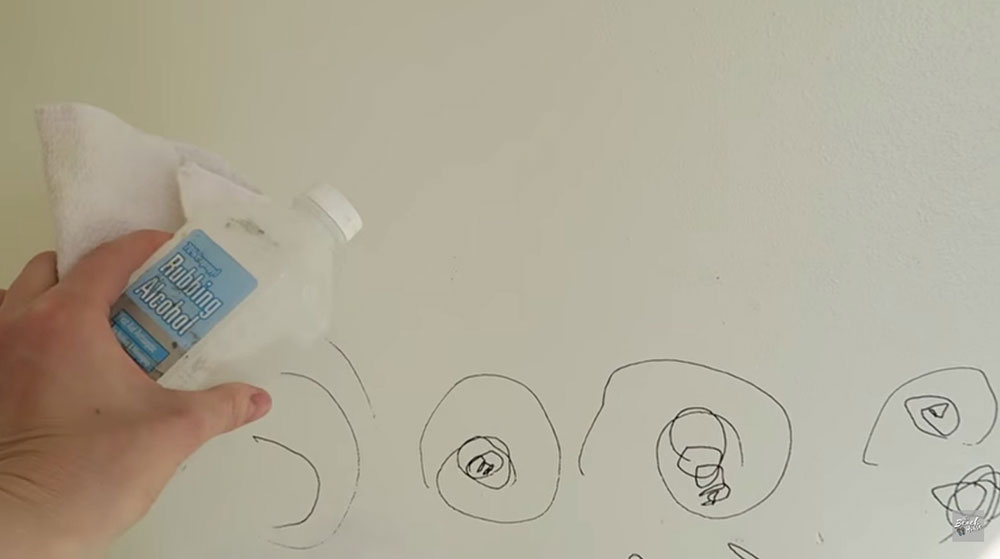
Due to the chemical properties of alcohol, this substance can dilute practically any stain, including the permanent marker. Lightly dampen a cloth and rub the stain. Use only enough force to remove the marker, paying attention to the color on the wall.
If you have previously performed a test and the alcohol has removed some of the paint from the wall, be very careful. It is common for paint to be diluted with alcohol. Depending on the amount you have removed, you may want to consider using this method.
In this example, the red marking spot turned pink after several strokes. If the cloth can no longer remove pigments, you can try applying the alcohol with a sponge. Hardly anyone will think that there has ever been a mark.
Hand sanitizer – portable option
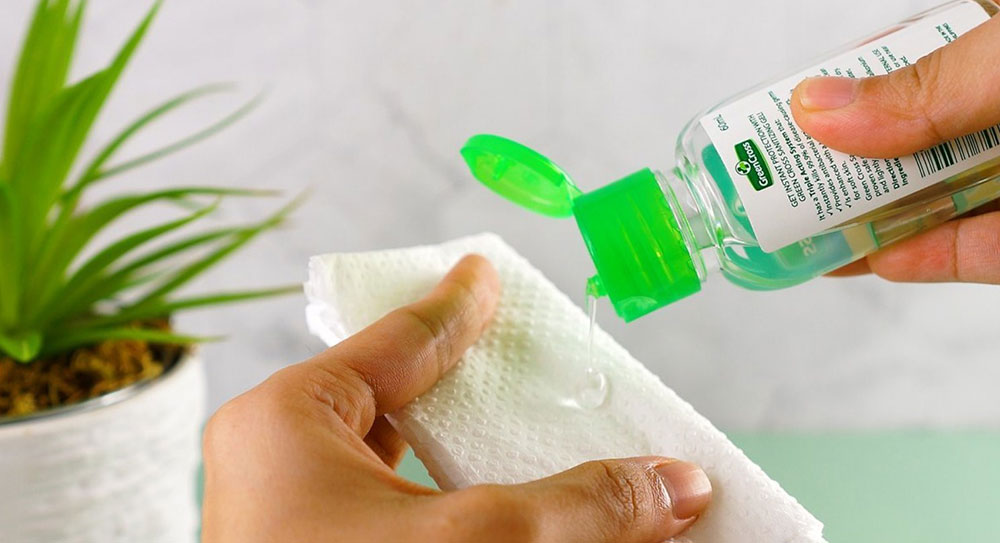
Not everyone has alcohol in their jacket pockets to clean the walls, and you may need this disinfectant for other purposes. You can replace it with a small hand sanitizer.
Since this gel contains alcohol as a basic ingredient, you can remove permanent marks from the walls using a technique similar to the previous one. The best thing is that the gel can be easily removed when you are no longer using it.
Dry Erase Marker – The ideal product
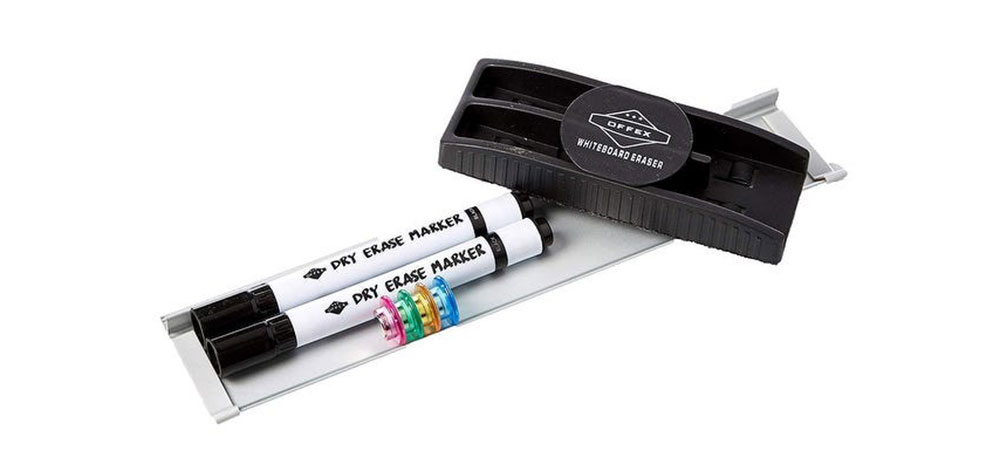
As with any ink, there is a product specifically designed to remove marker ink. A dry erase marker looks like a marker, but it contains solvents and other compounds that make it possible to erase the stains.
Get a dry erase marker of the same color as the line you want to remove, put a layer of the substance on it and remove both with a dry cloth. If the stain has not come out completely, you can repeat the process until there are no residues on the wall.
Lemon – acid cleaning
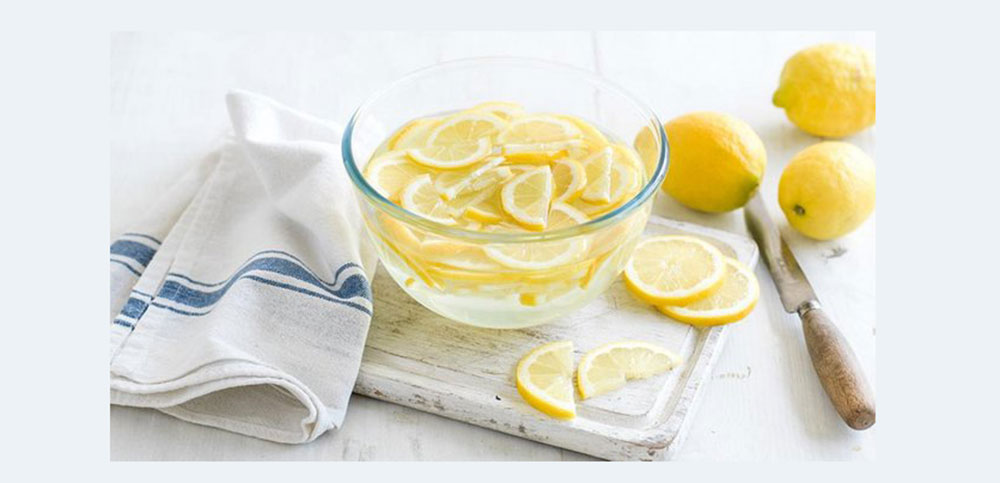
One of the most natural alternatives you can get is in the lemon. This fruit contains an acidic liquid that works very well as a solvent.
Lemon essential oil can remove color from the permanent marker. The advantage is that the wall is not damaged and there is a pleasant smell.
Toothpaste – Not only cleans the teeth
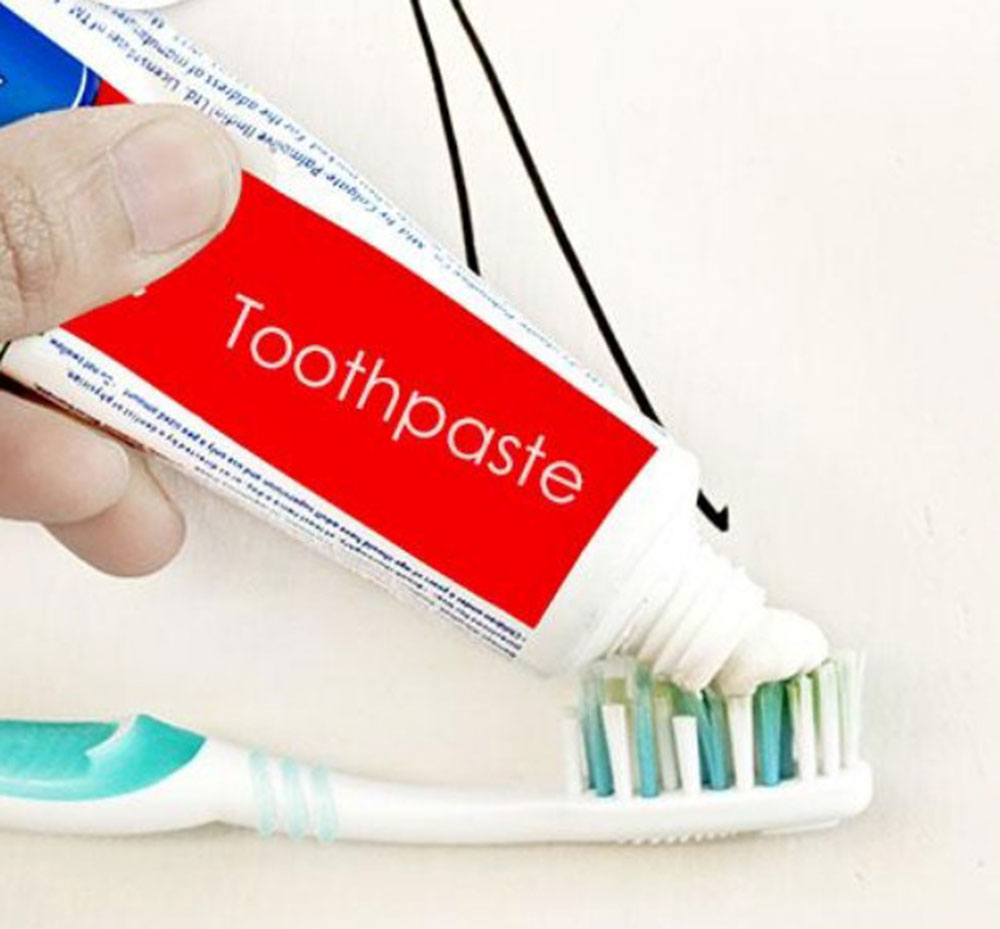
Another alternative to cleaning stains is toothpaste. Cleaning the resin from the teeth is not an easy task, but this connection can make it shiny. You can also do this with the walls, but you should be careful not to use the gel toothpaste.
Spread a small layer of toothpaste on the permanent marking strip with a cloth. You can combine the toothpaste with water to spread the mixture over a larger surface.
Let the layer work for 5 to 10 minutes and then wipe it with a damp cloth.
If you want to use toothpaste to clean delicate items such as wood, make sure that it does not contain any abrasives or that the material can be damaged.
Hairspray – scalp care
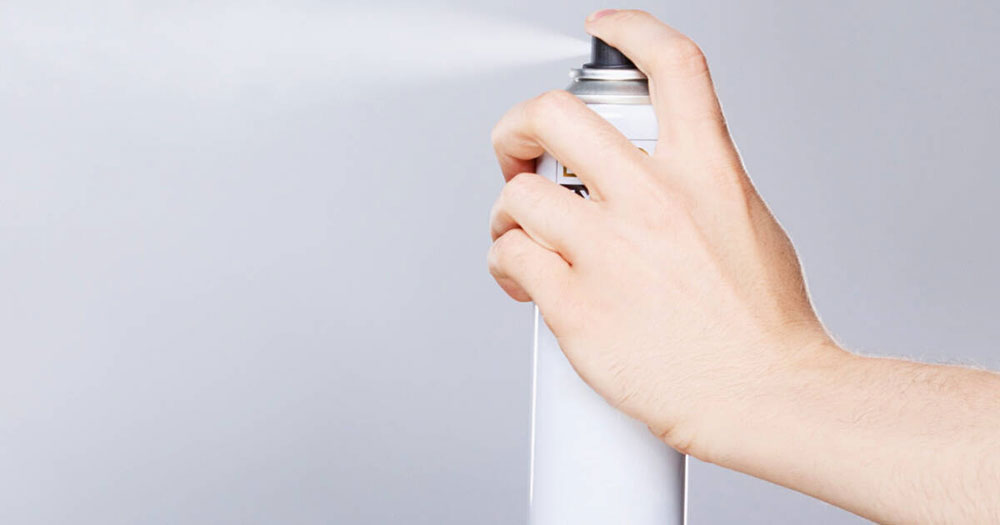
You don’t have to look for complex instructions to know how to remove permanent marks from walls, especially since most of the substances you can use are included in your set of everyday beauty products. The best example is hairspray.
Although it doesn’t seem that way, the hairspray contains components that help reactivate the marker ink and make it fluid again.
The only downside to using hairspray is that the amount you need to spray is plentiful for it to work. As soon as you see the marking stain becoming liquid, wipe it clean.
If hairspray remains later on the wall, you can remove them with elbow grease.
Toothpaste + baking powder – grinding combination
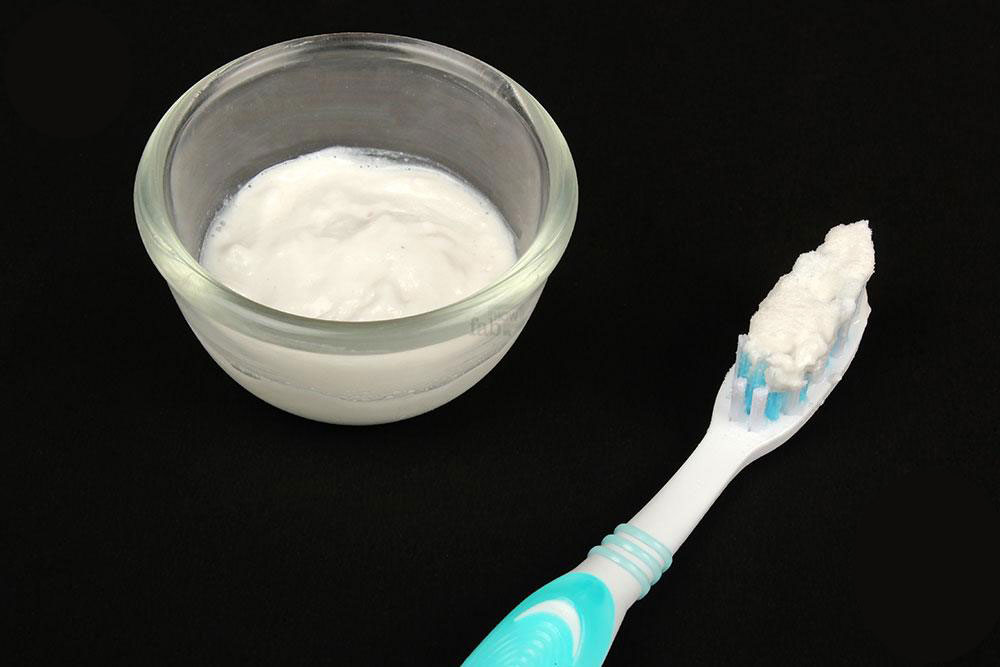
If you combine a little baking powder with the toothpaste technique, you get a mixture with amazing grinding power.
You should only mix equal parts of both compounds with the amount you consider necessary to remove the mark.
In the same way, you need to apply a layer of the mixture on the stain you want to clean, and then you have to wait about 10 minutes for it to take effect. The marker ink should come off. Try to apply the mixture only to the stain, otherwise you could remove the wall paint.
Clean the area with a damp cloth with water. Repeat the process until there are no traces of markers, toothpaste or baking powder.
Finish the process with a dry cloth to avoid wet stains on the wall.
Windex – cleaning supplement
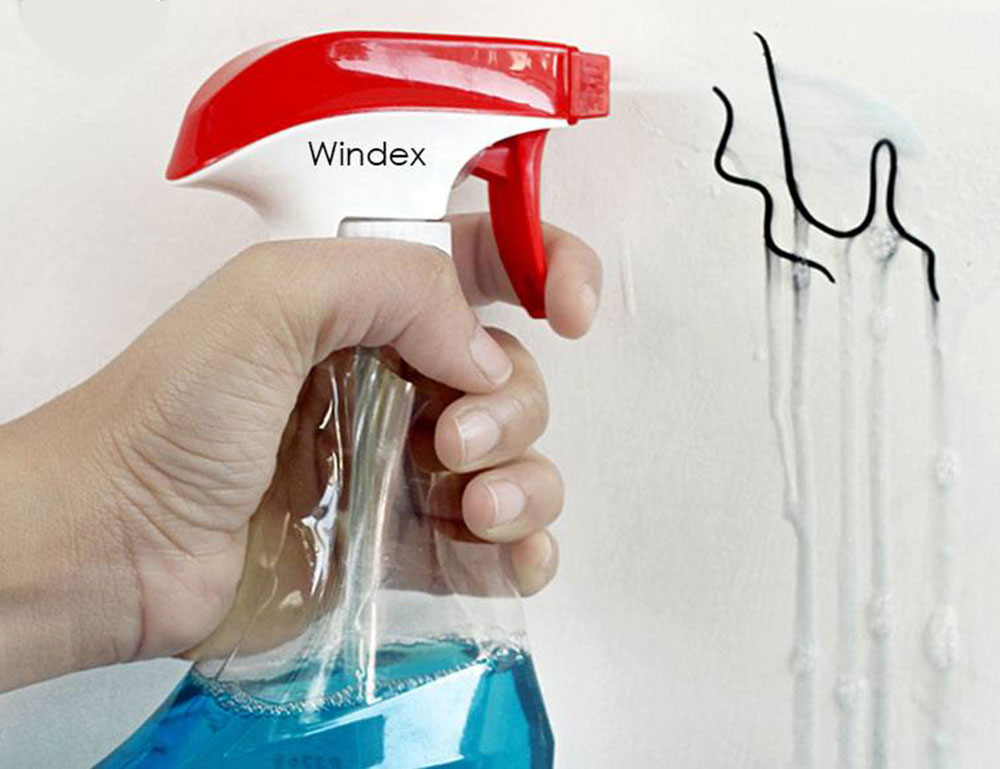
If the options above are not enough, you can use Windex to complement the cleaning job. Windex alone is not very useful as a permanent ink cleaner, but other compounds can help with this task. The recommendation is to combine it with elbow grease for best results.
Simply spray a little Windex on the mark and wipe it clean. You should remove the felt pen from the walls until there are no residues. Therefore, you may need several Windex applications.
Nail polish remover – Compact solvent
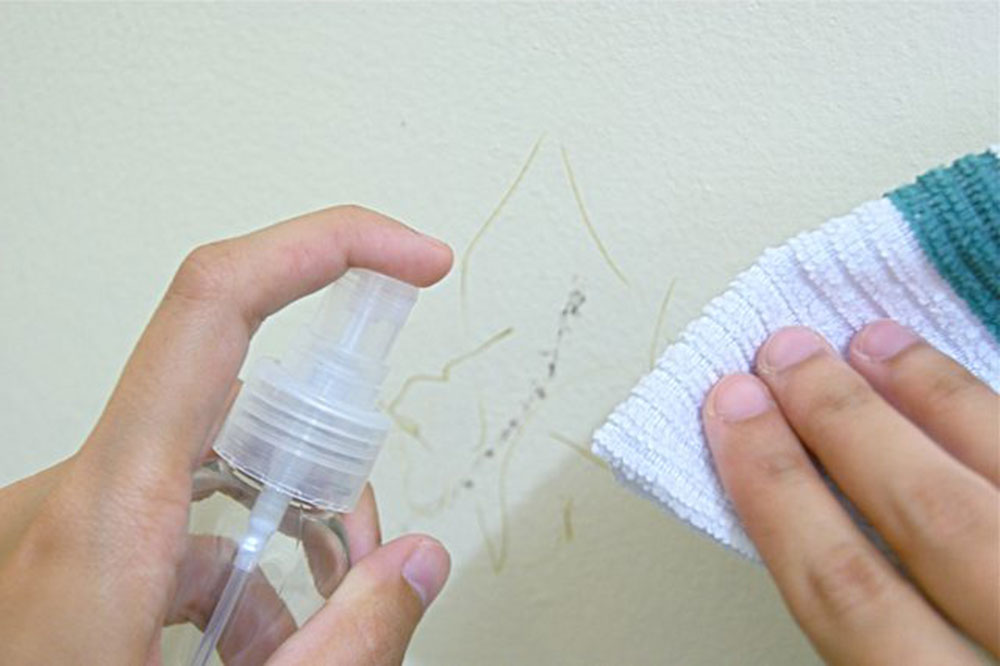
As with alcohol, you need to know how to remove permanent marks from walls with an everyday product like nail polish remover. With a very small amount, you can dissolve large permanent ink stains on the wall.
In this case, the stain must be dry before you can apply the nail polish remover. Since this liquid can damage your wall, we recommend testing it in an invisible place beforehand.
Apply a small amount with a cloth and rub until the stain disappears. Then use another damp cloth to clean the area.
How to get permanent wall markings – when nothing works
There are some alternatives that you can use if none of the options above could remove the stain, although this may not be what you were looking for. Sometimes they are better than highlighting the mark in your living room.
Hide the stain temporarily
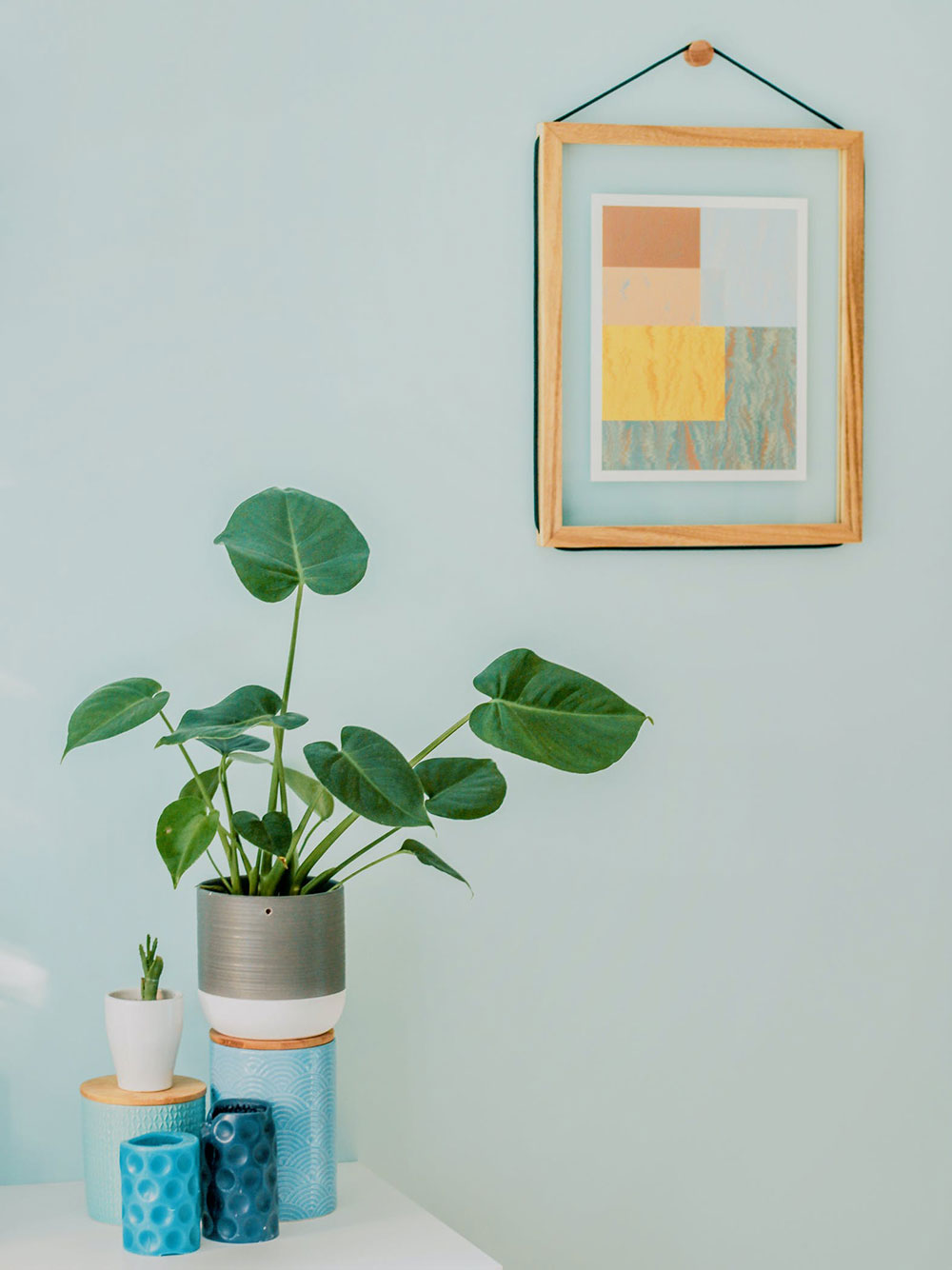
You can temporarily hide the permanent marker by simply hiding it with an object. The high places can be covered with pictures and hanging photos, while the low places can be behind decorative plants or armchairs.
This alternative is perfect if you still don’t know what to do with the mark, or if you’re looking for tools to clean it up and don’t want anyone to see it.
Repaint the wall
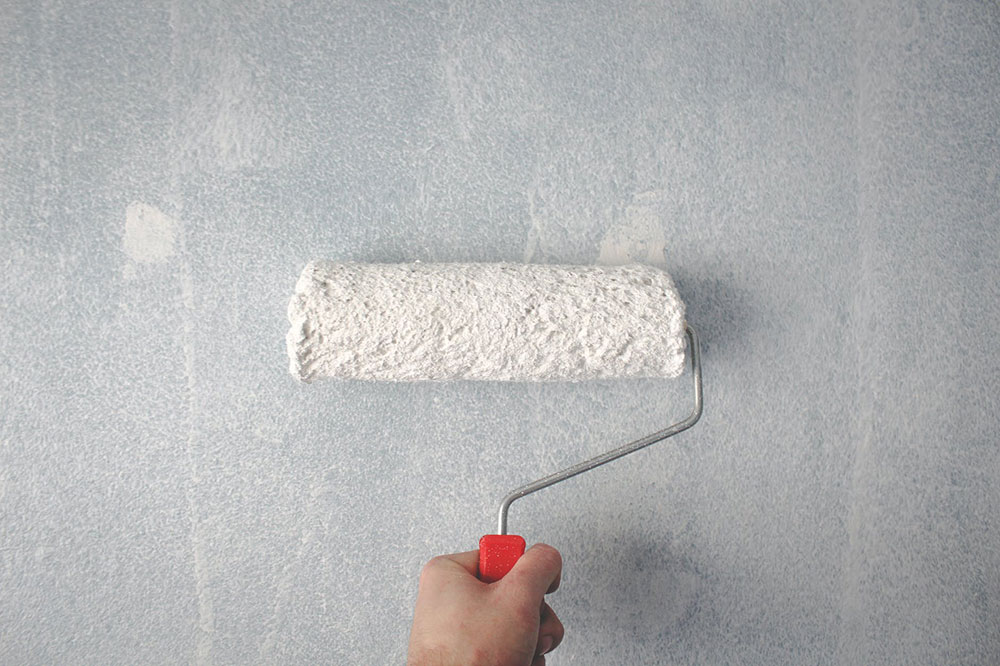
The best solution could be to simply repaint the wall. This can be the same color as it is, or a completely different one.
Since it is a marker ink, there are no residual stains when painting that reveal their position.
If you want to paint with the same color, you don’t need to buy a container to paint the entire wall. It is enough to cover the stain to hide it.
Install a new wallpaper
If you know the stains will reappear regardless of how often you clean them, it is best to paper the room with white paper to use the walls as a canvas. Simply remove it when there is no more room to scratch.
If you’ve read this article on how to remove permanent marks from walls, you should also read these:
 TopsDecor.com Home Decor Ideas
TopsDecor.com Home Decor Ideas
